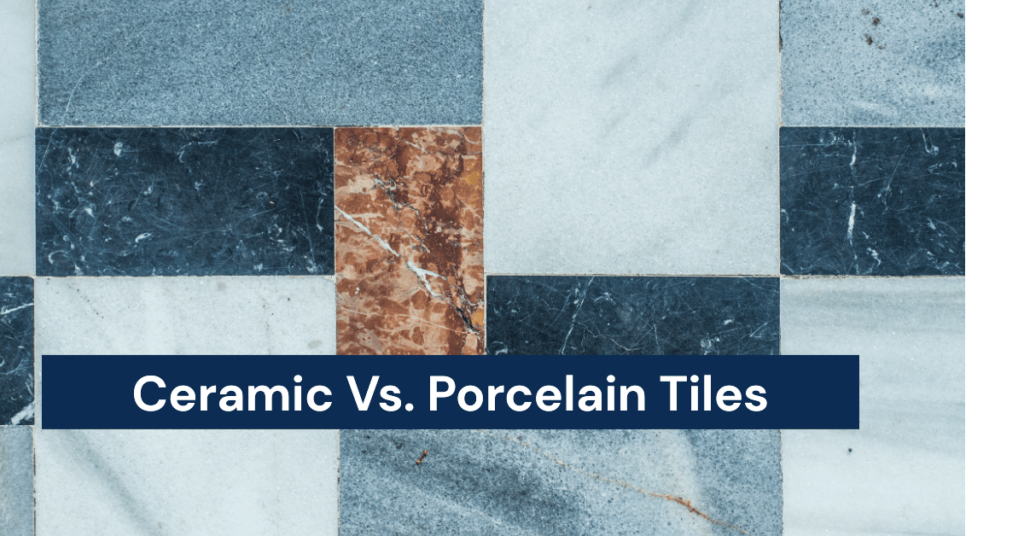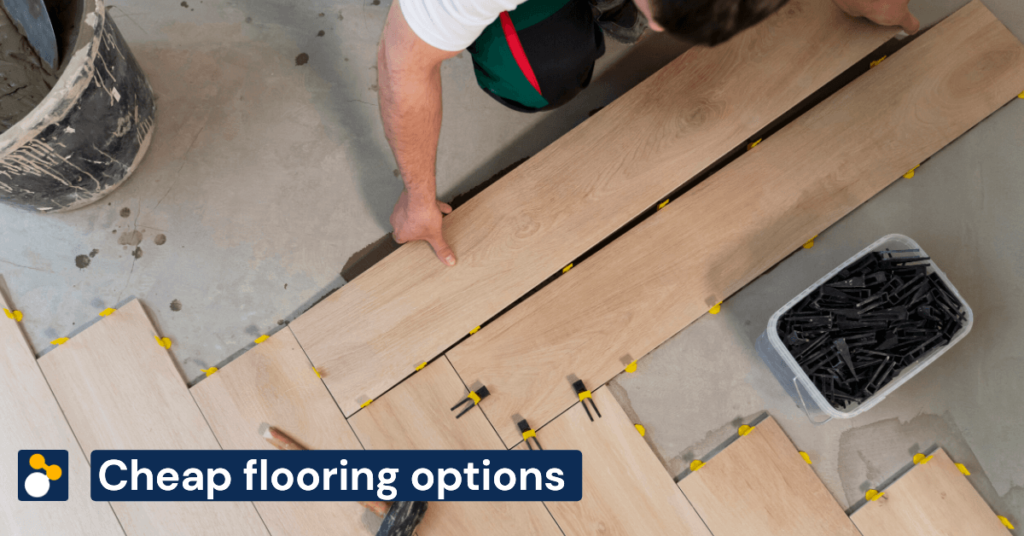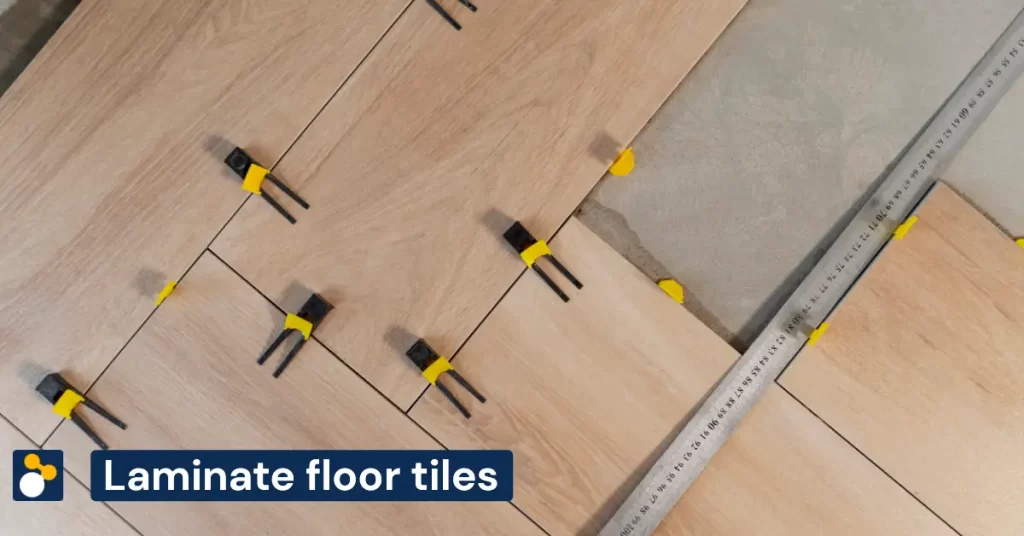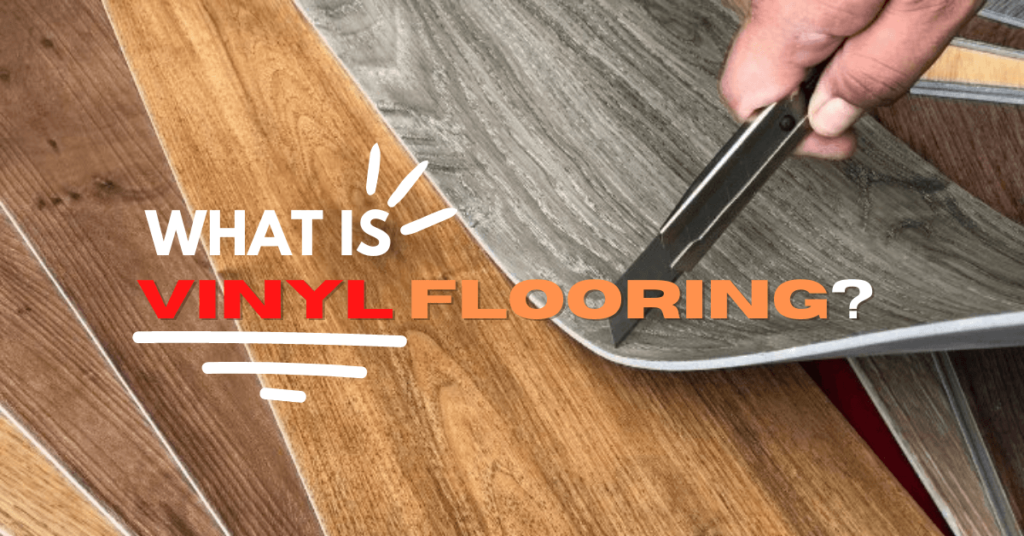Maximizing Safety in Construction: 9 Essential Tips for Workers
The Importance of Safety in Construction Construction is an inherently risky industry, with numerous hazards that pose serious threats to workers and the public. In Kenya alone, there are approximately 1,000 construction-related fatalities reported annually. Given these alarming statistics, it becomes crucial to prioritize safety on construction sites and mitigate potential risks. Why is safety […]
Maximizing Safety in Construction: 9 Essential Tips for Workers Read More »





